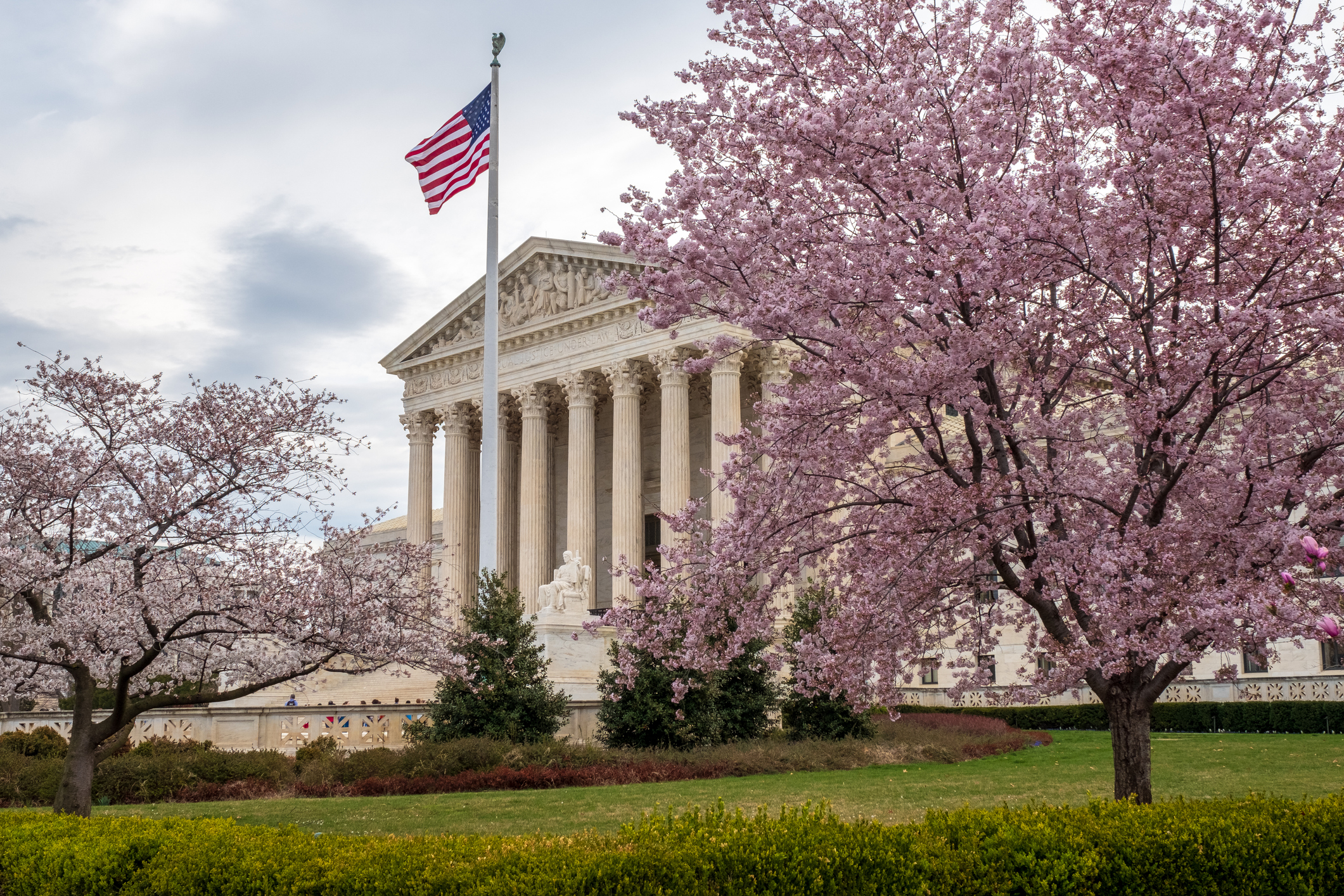Rare Meteor Storm Could Strike Over Holiday Weekend, Astronomers Say
A rare meteor storm could be visible over North America late Monday night, sending the Memorial Day holiday out with a bang, astronomers have predicted.
“On Monday night into Tuesday morning, the Earth may cross paths with the remnants of comet 73P/Schwassmann-Wachmann (SW3), a defunct comet that broke apart in 1995,” Accuweather meteorologist Brian Lada explained. “After SW3 splintered into countless pieces nearly three decades ago, debris from the breakup could intersect the Earth at the end of Memorial Day weekend. If this comes to fruition, it could spark a brief but intense meteor shower over North America.”
2. The potential meteor storm is due to comet 73P/Schwassmann-Wachmann, which broke apart in 1995. Countless pieces of the splintered comet could hit Earth on Monday night, sparking the best meteor shower in years: https://t.co/ViP3jKgqdl pic.twitter.com/WoBsPhkT7E
— AccuWeather (@accuweather) May 29, 2022
The American Meteor Society has said that the best time to catch a glimpse of the possible phenomenon will be on Monday night into Tuesday morning, between 12:45 and 1:17 am, ET. The AMS also recommended that viewers start watching the sky an hour prior to the predicted time in case the predictions are slightly off.
5. “Start your viewing session at least an hour prior to the time of the expected outburst, just in case the predictions are off,” the American Meteor Society said: https://t.co/ViP3jKgqdl pic.twitter.com/Usw0ElYio4
— AccuWeather (@accuweather) May 29, 2022
“We believe that this event has a chance of being something spectacular,” the AMS said in a statement. “When viewing events such as these, one should expect nothing extraordinary to happen but certainly hope for the best!”
While meteor showers occur relatively often — approximately 30 are visible from Earth every year — meteor storms are far fewer and farther between. The last major meteor storm visible from the United States was the Leonid Meteor Storm on November 17, 1966. “At the Jet Propulsion Laboratory’s Table Mountain Observatory in California, observers saw ‘a rain of meteors turn into a hail of meteors, finally becoming a storm of meteors too numerous to count,’” Space.com reported. “At the peak, estimates ranged anywhere from 10 to an incredible 40 meteors per second!”
Another meteor storm, which occurred in the wake of periodic comet Giacobini-Zinner, took astronomers by surprise in 1933 when it exploded over Western Europe. It was so intense over parts of rural Portugal that residents became frightened. Reports stated that the meteors fell like snowflakes over Ireland.
According to Monday’s reported weather forecasts, the atmospheric conditions should be good for viewing the potential celestial event across most of the United States — but experts note that ambient light can dramatically impact visibility. Those hoping to see the potential meteor storm are advised to seek out areas with unobstructed views of the sky and as little man-made light interference as possible.
" Conservative News Daily does not always share or support the views and opinions expressed here; they are just those of the writer."





